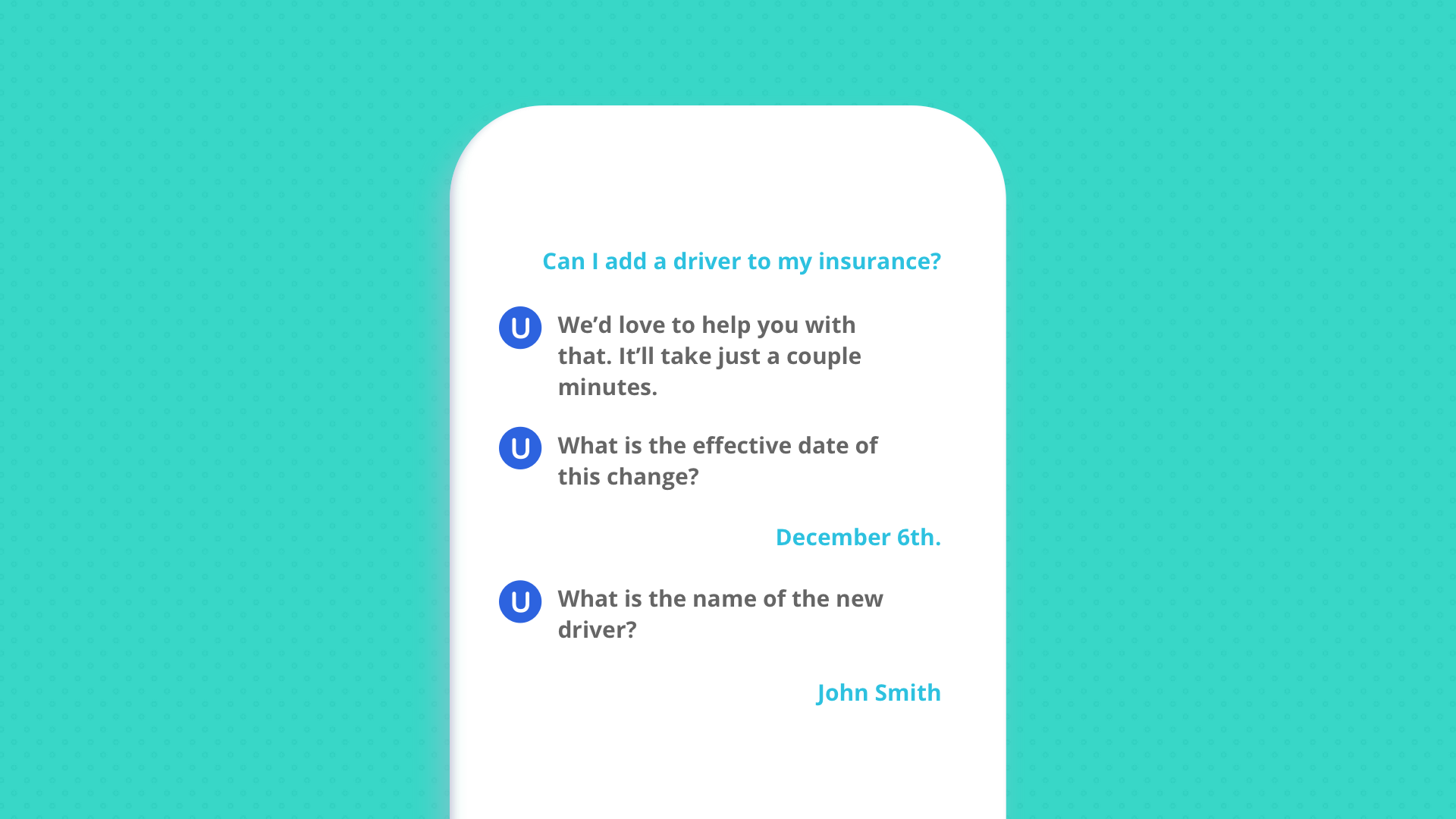How can we use Conversational AI for Service Desk?


Many IT workflows that were previously done primarily through email, would be much better suited for automated text-message conversations using conversational AI, saving time and frustration and optimizing productivity. Let’s look at a few scenarios how this can alter the digital experience for your company:
Employees often need answers quickly for important requests that their jobs depend on, like those involving their IT needs around hardware or software or related to an important request to the HR team. The old way of fulfilling these requests done through email has demonstrated friction, longer SLAs, and significant costs. Often I have had to remind my boss with that special reminder email to let her know my approval was sitting in her inbox and if she did not approve it by the end of the day, I would have to file that request again. Or for that matter, the approval requests that I would receive from my staff that would get buried in the 500 odd daily emails that I had to deal with. No matter how organized one is, the sheer volume of stuff in your Inbox can defeat you. A text message that lands on your mobile device for an approval request can be dealt with quickly, easily, no matter whether you are in the airport or at a coffee shop, without needing to log in to the corporate network or logging into the system of record. Enabling such an interaction is not only feasible but also effective. These are not off-channel interactions. Imagine such a service working alongside your Jira Service desk or Confluence to ensure all these engagements and interactions are recorded in the system of record for compliance, audit trail and record keeping.
Incidents are a broad term used in the industry to define service requests from employees. Also known as Case management or Service Request Management, Incidents are the reason your IT administrator or your HR business partners have a busy job. In fact, they are too busy answering or servicing the same requests over and over again. Before Service Desk products like Jira Service Desk came into existence, most requests were being handled through paper-based forms, emails and phone calls supported by dedicated support teams. As software became easy to deploy and distribute with the advent of the cloud, Service Desk software has become the lifeblood of the IT and HR teams. And guess the form of engagement still being used alongside the new breed of systems of record - email!
While accessing a service desk portal may not be a big deal for many of us, a modern workforce that can include employees on the go (think salespeople or executives) or those without access to a corporate IT infrastructure (think about a truck driver) or those that don't use legacy channels like email (think college students and millennials) need a different way to engage and request services. Just like approvals via text, an incident creation service to text in your request is not only possible but also available. Such a service allows a requestor to look at how their request may have been previously handled, providing an incident deflection to reduce cases to your HR partner or to your IT admin, before creating a ticket in the service desk. A simple text message that allows the truck driver or the retail store employee to file a service request can save significant service desk costs while dramatically altering the experience for the worker.
The single biggest call volume or email volume into a service desk is a status request on an incident or ETA for servicing a case. Companies are finding this to be a big issue. In fact, when it comes to external customer request, the problem is so prevalent that there is even an acronym to describe this: WISMO (Where is my Order). Repeatedly answering status related questions puts significant stress on support teams, not to mention friction between teams. Closing the loop on the ticketing process is important to ensure that the service request is unambiguously resolved. A Service Level Agreement (SLA) governs the metric for IT and HR teams on how quickly they are servicing the incoming requests. Most times, SLAs are not accurate because requestors fail to acknowledge that their issues are fully resolved. A company-wide policy to age or “soft-close” an issue after 48 hours of no-follow up from the requestor is how many teams try to address this issue. I believe this is a terrible way to acknowledge that an issue is indeed resolved to the satisfaction of all parties. Disputing the resolution is a common reason for reopened tickets leading to back and forth between the employee and the HR/IT personnel. Can you avoid this dilemma? You bet! A simple conversational AI workflow for the employee who requested the issue to confirm closure through a text message, followed by a recording of this and an automated state change in the service desk incident.
Each of these scenarios can be solved with automated text messaging using conversation AI. We have launched our Ushur for approvals app in the Atlassian Marketplace that works with your Jira Service Desk for text-based approvals, so you don’t have to send those email or text reminders to your boss. With Ushur, your approvals are no longer getting buried in the pile of emails. More of these apps for your service desk are on the way. We would love to hear your thoughts on what this could mean for your business.
Check out Ushur for Approvals in the Atlassian Marketplace to learn more.